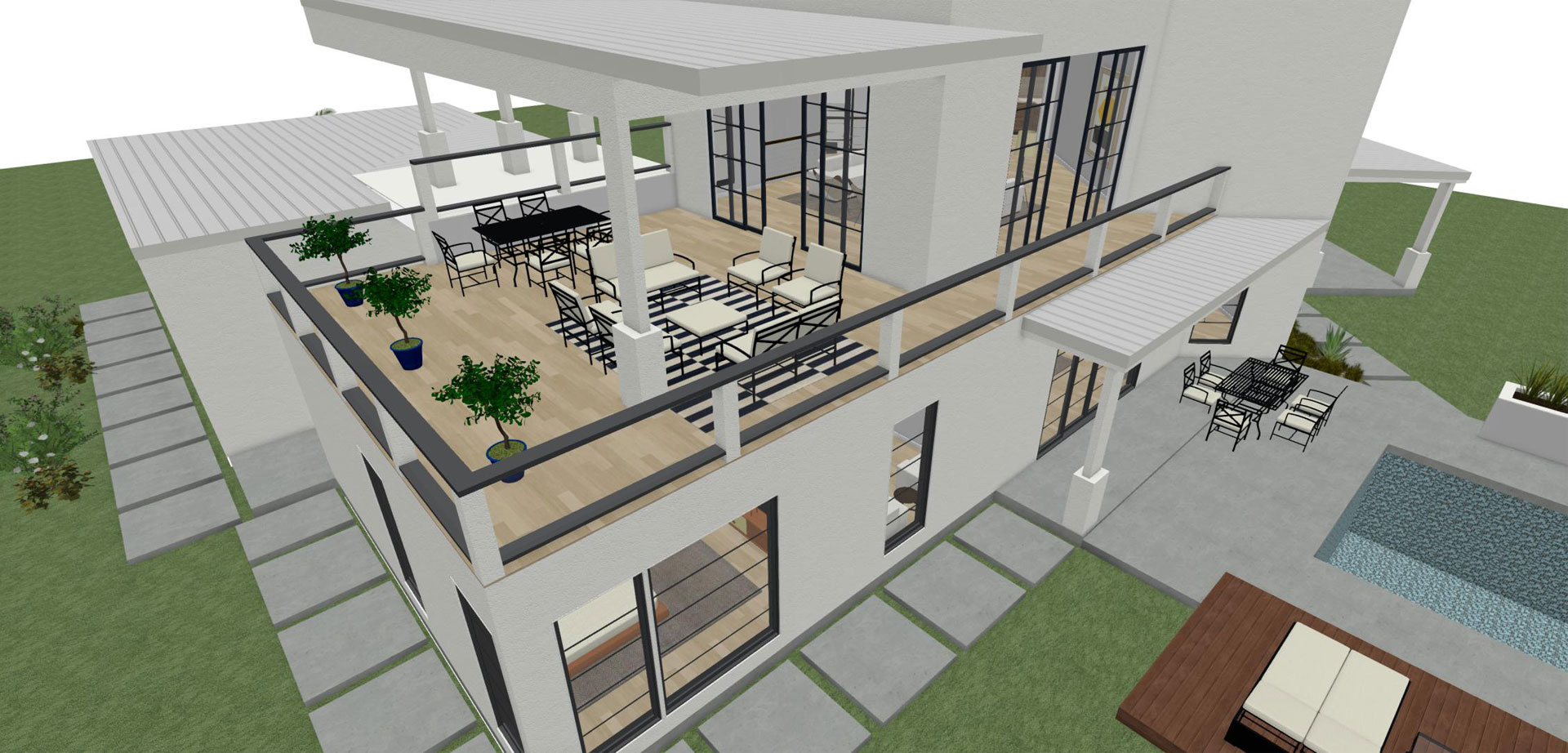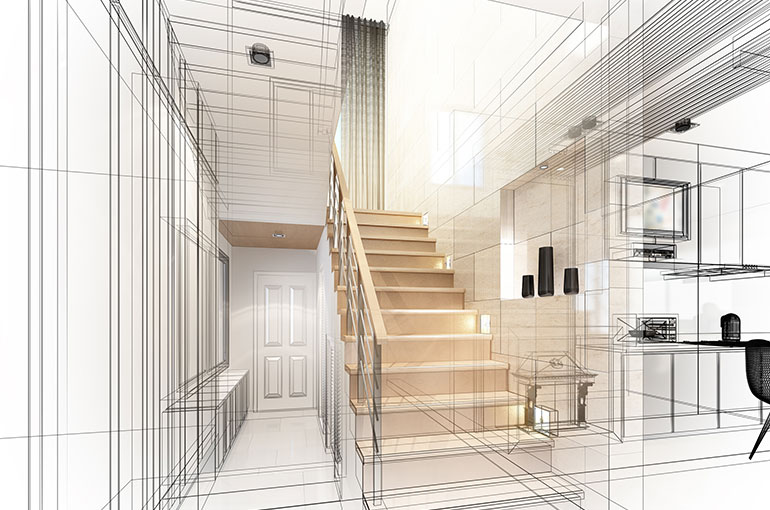The Creative Process Behind Successful Jobs from CDA Architects
The Creative Process Behind Successful Jobs from CDA Architects
Blog Article
Recognizing the Collaborative Refine Between Architects and Engineers in Modern Building Projects
The joint process between designers and designers is crucial in modern-day building and construction jobs, as it balances design intent with engineering usefulness. This collaboration not just influences the aesthetic and functional facets of a task yet additionally plays an essential role in addressing sustainability obstacles. By utilizing efficient communication strategies and leveraging innovative innovations, such as Building Information Modeling (BIM), groups can function a lot more cohesively. Nevertheless, the intricacies of this cooperation commonly present unique obstacles that can impede progress. Checking out these characteristics exposes insights that can considerably influence job outcomes and total market criteria.
The Importance of Partnership
The joint synergy in between engineers and engineers is crucial for the successful awareness of any kind of construction project. This partnership unites distinct experience and perspectives, allowing the assimilation of cutting-edge design with useful design remedies. By collaborating, engineers and designers can ensure that a project not only satisfies visual and useful needs yet also sticks to security, sustainability, and financial constraints.
Collaboration promotes a shared vision, facilitating the positioning of goals and expectations from the beginning. This positioning is vital in resolving possible obstacles and mitigating threats that can arise throughout the task lifecycle. Moreover, a collaborative approach allows for the reliable appropriation of sources, maximizing both time and price.
The importance of collaboration includes the repetitive procedure of design and building, where feedback from designers can educate building decisions, leading to even more practical and sustainable designs. Alternatively, engineers can influence engineers to assume creatively regarding just how to attain architectural honesty without jeopardizing artistic intent. Eventually, the collaborative partnership in between architects and designers is not simply advantageous; it is fundamental to the development of top notch, functional, and cutting-edge developed environments that satisfy the requirements of society.
Interaction Techniques and Devices
Effective interaction techniques and devices are important for cultivating collaboration in between architects and designers throughout the job lifecycle. Establishing clear channels of interaction is important to ensure that all group members are lined up with task goals, timelines, and duties. Regular conferences, both in-person and digital, offer possibilities for stakeholders to talk about progression, address concerns, and make notified choices.
Utilizing job monitoring software, such as BIM (Building Details Modeling) platforms, boosts collaboration by allowing real-time sharing of layout modifications and technical specs. These tools help with openness, permitting architects and engineers to imagine adjustments and evaluate their influence on the general task.

Shared Goals and Project Vision

Establishing common goals involves open discussion and an extensive understanding of each technique's contributions. Engineers generally concentrate on design intent, spatial connections, and customer experience, while engineers highlight architectural integrity, systems capability, and conformity with laws (cda architects). When these point of views are straightened, the outcome is a cohesive job that abides by both creative goals and technological usefulness
Furthermore, a distinct task vision fosters accountability among group members, encouraging each participant to take possession of their duty in attaining the desired outcome. Routine check-ins and collective workshops can better enhance this commitment, enabling modifications to be made as the job develops. Eventually, a common vision not only enhances synergy but also elevates the quality of the last deliverable, causing successful job completion.
The Function of Innovation
Leveraging technology has come to be important in boosting collaboration between designers and designers. Structure Information Modeling (BIM) stands out as a critical modern technology, permitting both architects and engineers to produce in-depth 3D versions that encapsulate design intent and architectural honesty.
Moreover, cloud-based platforms allow smooth cooperation, permitting task stakeholders to access and update project data from anywhere. This promotes a culture of transparency and responsibility, as adjustments can be tracked and reviewed in real-time. Additionally, mobile applications further enhance communication, offering on-site teams with instant access to project specs and updates.
Emerging innovations such as synthetic intelligence and device discovering are likewise beginning to play a function in anticipating evaluation, assisting teams identify potential issues prior to visit this web-site they emerge. Inevitably, the duty of modern technology in architecture-engineering partnership not only improves workflow efficiencies but also enhances technology, bring about even more successful project end results. By welcoming these technological developments, architects and designers can make sure a more natural and effective collective procedure throughout the building lifecycle.
Case Researches in Effective Partnerships
Numerous study illustrate the extensive impact of reliable collaborations between engineers and engineers on project end results. One significant instance is the collaboration on the High Line in New York City City, where landscape architects, designers, and metropolitan organizers collaborated to change an abandoned rail line right into a lively public park. This multidisciplinary approach not only boosted the aesthetic top quality but additionally guaranteed architectural safety and ecological sustainability.
Another excellent instance is the style and building and construction of the Sydney Opera Home. The collaboration between designer JÃ ¸ rn Utzon and architectural designer Ove Arup exemplified ingenious problem-solving. Their partnership enabled the renowned shell-like style while addressing complicated design challenges, eventually bring about a timeless architectural work browse around this site of art.
The Burj Khalifa in Dubai even more shows the significance of collaborative efforts. cda architects. The assimilation of style and engineering know-how enabled the project team to accomplish extraordinary elevations while adhering to safety guidelines and visual vision
These instances emphasize the importance of communication, depend on, and shared purposes. In today's intricate construction environment, such partnerships are vital to browsing difficulties and supplying tasks that fulfill both useful and visionary objectives.
Verdict
In final thought, the collaboration in between designers and engineers is necessary for the success of contemporary building jobs. Effective interaction methods, a shared task vision, and the learn the facts here now combination of advanced modern technologies are important elements that facilitate this collaboration.
Report this page